We use cookies to make your experience better. To comply with the new e-Privacy directive, we need to ask for your consent to set the cookies. Learn more.
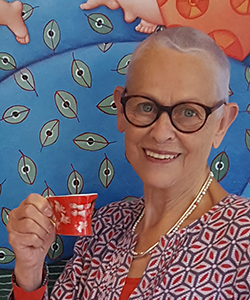
Ada Breedveld
Ada Breedveld was born in Dordrecht at the start of the Dutch "hunger winter" in 1944. Her parents fled with Ada and her brothers, away from the ruined city of Rotterdam. Life was difficult and hard, just as for any post-war child. Fortunately, Ada found a lot of enjoyment in drawing and painting.
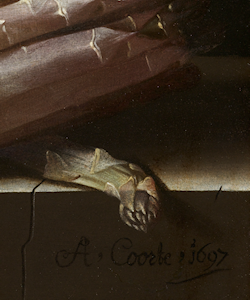
Adriaen Coorte
Little is known about this still-life painter. He worked in Middelburg, where he was a member of the St Luke's Guild. Coorte's favourite subjects were still lifes with gooseberries, asparagus or shells. Although some of his compositions were complex, his strength lay in the simple depiction of a single, brilliantly lit object against a dark background.
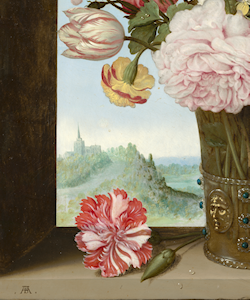
Ambrosius Bosschaert de Oude
Ambrosius Bosschaert de Oude painted still lifes and was an art dealer.
His three sons, Ambrosius II, Johannes and Abraham, followed in his footsteps and became painters of floral still lifes.

Bartholomeus van der Helst
Bartholomeus van der Helst painted individual and group portraits.
He portrayed his subject in confident poses, which made him especially popular among the wealthy bourgeoisie of Amsterdam.
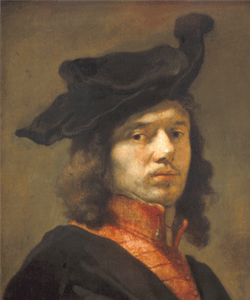
Carel Fabritius
Carel Fabritius was a pupil of Rembrandt van Rijn. Of all his students, Fabritius was the only one to develop his own style.
His portraits feature delicately lit subjects against light-coloured, textured backgrounds.

Ceasar Boetius van Everdingen
Ceasar Boetius van Everdingen worked on behalf of painter and architect Jacob van Campen.
During this time he made two paintings for the Huis ten Bosch (the Royal Palace). He later specialised in history paintings which he painted in the classical style.
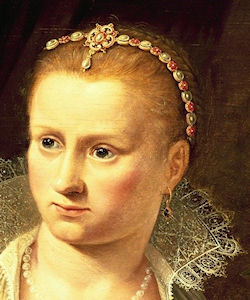
Clara Peeters
Clara Peeters painted extremely realistic still lifes, which would usually consist of luxurious food.
Clara Peeters is the most famous female artist of her time. Still, there is little known about her personal life.
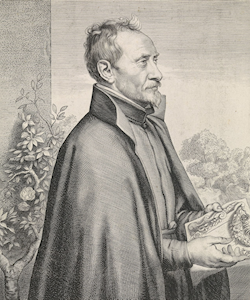
Daniel Seghers
Daniel Seghers is known for his "flower garland" paintings, where he portrays a religious symbol surrounded by a flower garland.
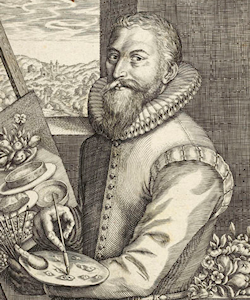
Floris Claesz. van Dijck
Floris Claesz. Van Dijck is known for his still life paintings of breakfast tables, consisting of cheeses, fruit and nuts. In addition, he painted plants and flowers in a very realistic and accurate way.
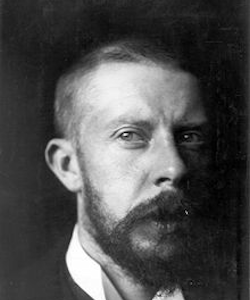
George Hendrik Breitner
George Hendrik Breitner is known for his depiction of the urban life in Amsterdam.
He chose working-class models and saw himself as the people’s painter.

Georges Seurat
Georges Seurat was a pointillist, a style of painting that is part of impressionism, where the painter only uses dots of primary, unblended colours.
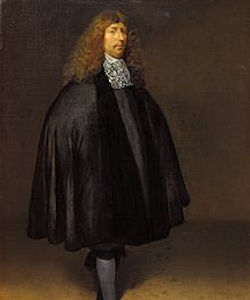
Gerard ter Borch
Gerard ter Borch’s father, who was an amateur painter, taught him to paint.
During the Dutch Golden Age, he influenced many fellow painters, like Johannes Vermeer.
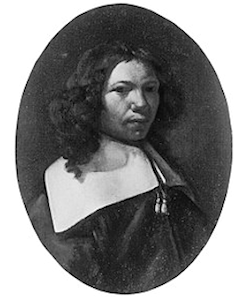
Gerrit Adriaensz. Berckheyde
Gerrit Adriaensz. Berckheyde is known for his urban landscapes, mainly of Haarlem, Amsterdam and The Hague.
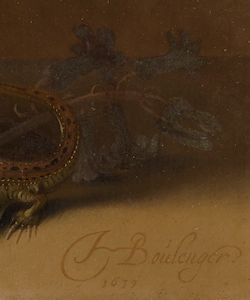
Hans Bollongier
Hans Bollongier focused on painting still lifes of bouquets of flowers.
He had his own personal style that is characterised by his use of light-dark contrasts (clair-obscur).

Hans Holbein the Younger
Hans Holbein de Jonge made a lot of religious art.
In April 1529 religious imagery was banned from churches so most of his work was destroyed, except for the portraits he made.
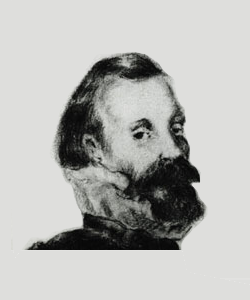
Hendrick Avercamp
Handrick Avercamp was deaf and mute and was known as ‘the mute of Kampen’. He could express his feelings by drawing.
During his career as an artist he mainly focused on painting the Netherlands in winter. Avercamp became famous for his paintings of people ice skating on frozen lakes.
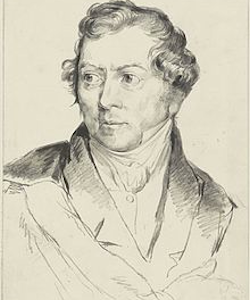
Hendrik Voogd
Hendrik Voogd was born in Amsterdam but lived most of his life in Italy.
He painted landscapes which have a very romantic feel to them.
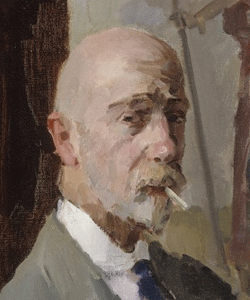
Isaac Israels
Isaac Israels was Jozef Isaels's son. Isaac spend a lot of time with George Hendrik Breitner and together they were called the 'impressionists of Amsterdam'.

Jacob van Ruisdael
Only little is known about Jacob van Ruisdael's life. Even the dates of his birth and passing are discussions.
Some believe that he was not only a painter, bus also a doctor.

Jan Adam Kruseman
Jan Adam Kruseman mainly painted portraits.
He made around 500 portraits for the aristocrats and wealthy commoners.
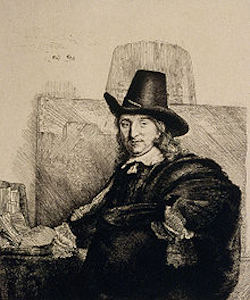
Jan Asselijn
Jan Asselijn painted genre pieces, landscapes and animals.
His most famous work is The Threatened Swan, which has been part of the collection of the Rijksmuseum for over two centuries.
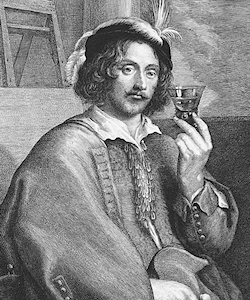
Jan Davidsz. de Heem
Jan Davidsz. de Heem was the most influential flower painter of his time.
Compared to other flower still-lifes of the early seventeenth century, his paintings are colourful, floral explosions.
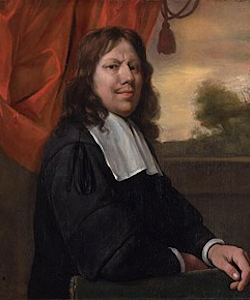
Jan Havicksz. Steen
Jan Havicksz. Steen painted messy and wild households and pub scenes.
He is known for his cheerful genre pieces full of humor and irony.
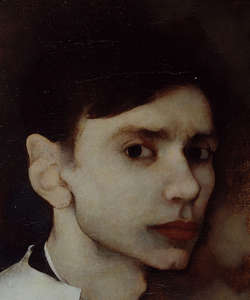
Jan Mankes
Mankes produced around 200 paintings, 100 drawings and 50 prints before dying of tuberculosis at the age of 30.
His restrained, detailed work ranged from self-portraits to landscapes and studies of birds and animals.
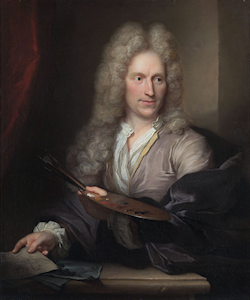
Jan van Huysum
Jan van Huysum painted flower still lifes in which he often placed the bouquet asymmetrically against a light background.
He also combined flowers from different seasons in one bouquet.
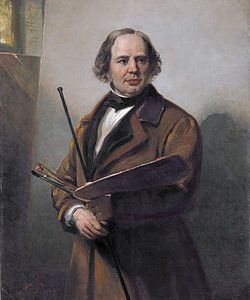
Jan Willem Pieneman
Jan Willem Pieneman is known for his depictions of events in Dutch history.
He also served in various administrative positions. He was for example, director of the Rijksmuseum.
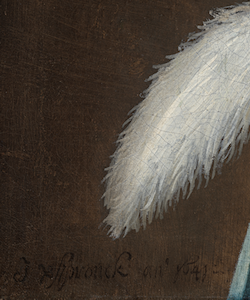
Johannes Cornelisz. Verspronck
Johannes Cornelisz. Verspronck is known for his precision in painting details such as jewelry and lace.
He is most famous for his work ‘Portrait of a Girl Dressed in Blue’.
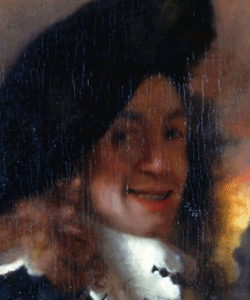
Johannes Vermeer
Vermeer was probably the first to perform his paintings, as later the most painters of his time, with monochrome shades of gray.
Unfortunately no sketches of the painter Johannes Vermeer are known.
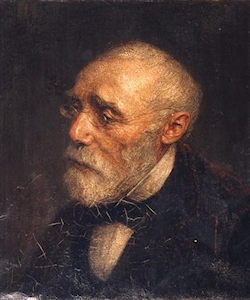
Jozef Israels
Jozef Israels was taught by Jan Adam Kruseman and Jan Willem Pieneman.
He later moved to Zandvoort and fell in love with the simple way of living on the coast. This is also reflected in many of his paintings.

Michelangelo Merisi da Caravaggio
Michelangelo Merisi da Caravaggio was an Italian painter. Most of his artistic life he was active in Rome. During the final four years of his life he moved between Sicily, Malta, and Naples.

Paul Joseph Constantin Gabriel
Lorem ipsum dolor sit amet, consectetur adipiscing elit, sed do eiusmod tempor incididunt ut labore et dolore magna aliqua.
Ut enim ad minim veniam, quis nostrud exercitation ullamco laboris nisi ut aliquip ex ea commodo consequat.
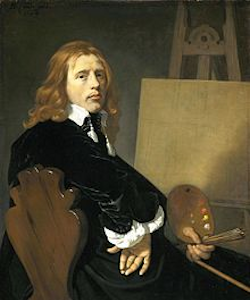
Paulus Potter
Paulus Potter specialized in painting animals in Dutch landscapes.
He made about 100 artworks before he died of tuberculosis at the age of 28.
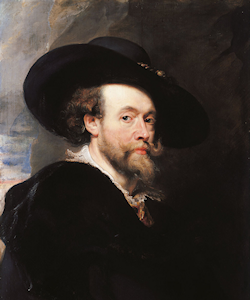
Peter Paul Rubens
Peter Paul Rubens is one of the most influential painters of the Flemish Baroque. He made a lot of altarpieces, but also portraits and landscapes.
He liked to paint full-figured women and focusses on different female archetypes, like the virgin and the widow.
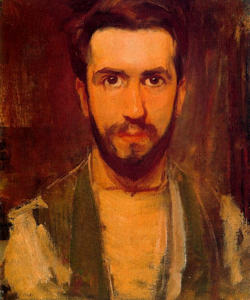
Piet Mondriaan
Piet Mondriaan is regarded as one of the greatest artists of the 20th century.
He is known for being one of the pioneers of abstract art when he changed his artistic direction from figurative painting to an increasingly more abstract style.

Rembrandt van Rijn
Rembrandt van Rijn (1606-1669) was born in Leiden, the son of a miller.
After finishing Latin School, his parents enrolled him at Leiden University.
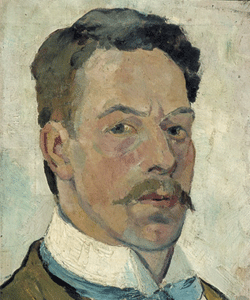
Théo van Doesburg
Theo van Doesburg was one of the founders of De Stijl.
He was a painter but also a poet, novelist, typographer, photographer, interior designer and architect.
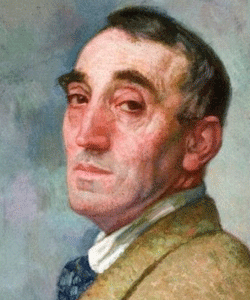
Théo van Rysselberghe
Theo van Rysselberghe was a Belgian, neo-impressionist.
He introduced pointillism in Belgium and was one of the founders of the avant-garde group Les Vingt.
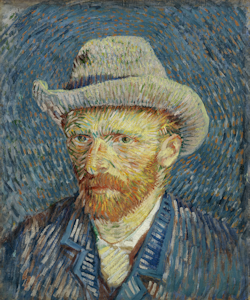
Vincent van Gogh
Vincent Willem van Gogh's work falls under post-impressionism.
Van Gogh is today regarded as one of the great painters of the 19th century. However, this recognition came only late.

Willem Bartel van der Kooi
Willem Bartel van der Kooi specialized in portraits, but he also made a few genre pieces.
In 1808 he won a prize for best genre piece, which made his popularity grow immensely. In 1818 he even got asked to portray King William I and his wife.

Willem Claesz. Heda
Heda painted still lifes and was a master in painting fabrics and reflections of light on smooth, shiny surfaces.
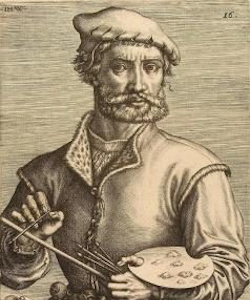
Willem van Aelst
Willem van Aelst was born in 1627 in Delft and his uncle Evert van Aelst taught him how to paint.
He lived in France for several years where he was known as Guillielmo d’Olanda.
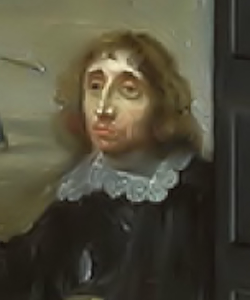
Willem van Haecht
Willem van Haecht was a Flemish painter. He is mostly known for his depictions of interiors filled with art.
His father Tobias Verhaecht, who was a landscape painter, was his first teacher and taught him to paint.
